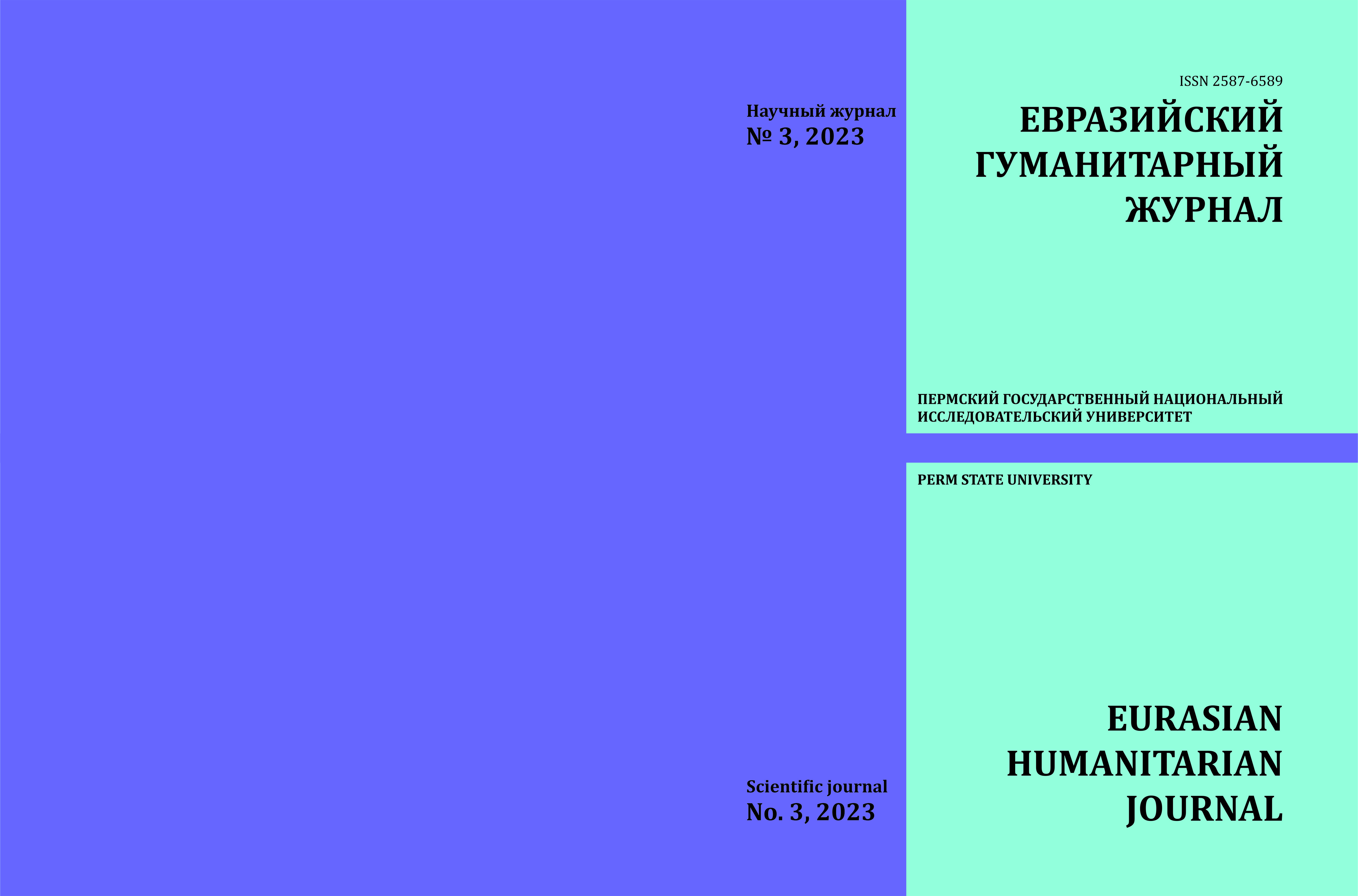СТИЛЕВЫЕ ЧЕРТЫ СРЕДНЕВЕКОВОГО ЮРИДИЧЕСКОГО ДОКУМЕНТА
Ключевые слова:
функциональная стилистика, функциональные стили, официально-деловой стиль, официальный документ, юридический документ, законодательный подстиль, старофранцузский языкАннотация
В настоящей статье рассматривается древний юридический документ на старофранцузском языке, составленный в XIII в. и носящий название Кутюмы Бовези (фр. Coustumes de Beauvaisis). Анализ текста проводится с точки зрения обладания им чертами документа, принадлежащего официально-деловому стилю. Изучаемый документ представляет большой интерес, поскольку отражает культуру, сознание, ценности людей, живших в Средние века во Франции, и является письменным свидетельством того, как регулировалась социальная жизнь того времени, когда происходило укрепление и централизация королевской власти, постепенное устранение феодальной раздробленности и параллельно с этим увеличение домена (земель), принадлежавшего королю. Влияние короля росло, в связи с чем серьезно встал вопрос организации управления крупной территорией, что потребовало проведения административной реформы, а также приведения правовой системы Франции к единообразной системе. Именно в тот период были созданы известные на сегодняшний день сборники (своды) права: Большой кутюм Франции, Большой кутюм Нормандии, Кутюмы Тулузы, Кутюмы Бовези и др. Необходимо отметить, что в средневековой Франции в юридической сфере использовался преимущественно латинский язык, который сосуществовал с французским. Последний постепенно проникает в правовую сферу, вытесняя латынь. Более того, именно язык кодексов, ордонансов, приказов сыграл важную роль для формирования норм французского письменно-литературного языка. Анализ документа в статье проводится с точки зрения функциональной стилистики, которая определяет характерные для каждого из стилей черты. Так, для официально-делового релевантными являются призвание регулировать те или иные отношения, долженствующе-предписывающий характер, точность, не допускающая инотолкования, неличный характер, наличие речевого стандарта (специальная терминология, клише), безэмоциональность. Следует при этом разграничивать деловые и официальные документы. Последние регулируют процессы на протяжении достаточно длительного промежутка времени, поэтому отличаются наличием форм, характеризующихся вневременностью. Представленный в статье анализ свода юридических правил на старофранцузском языке указывает на его принадлежность к официальным документам. Он регулирует и предоставляет пути решения задач повседневности, ему свойственны дезактуализация времени, безличность, волюнтативность и предписательность, ясность, четкость и недвусмысленность, которые получают выражение на лексическом, синтаксическом уровнях, четкая структурированность, точность, не допускающая инотолкования. Анализ древнего юридического документа показывает, что формирование функциональных стилей, их существование является естественным процессом в жизни человеческого общества вне зависимости от исторического периода.Загрузки
Опубликован
2023-08-22
Выпуск
Раздел
ПЕРЕВОДОВЕДЕНИЕ

